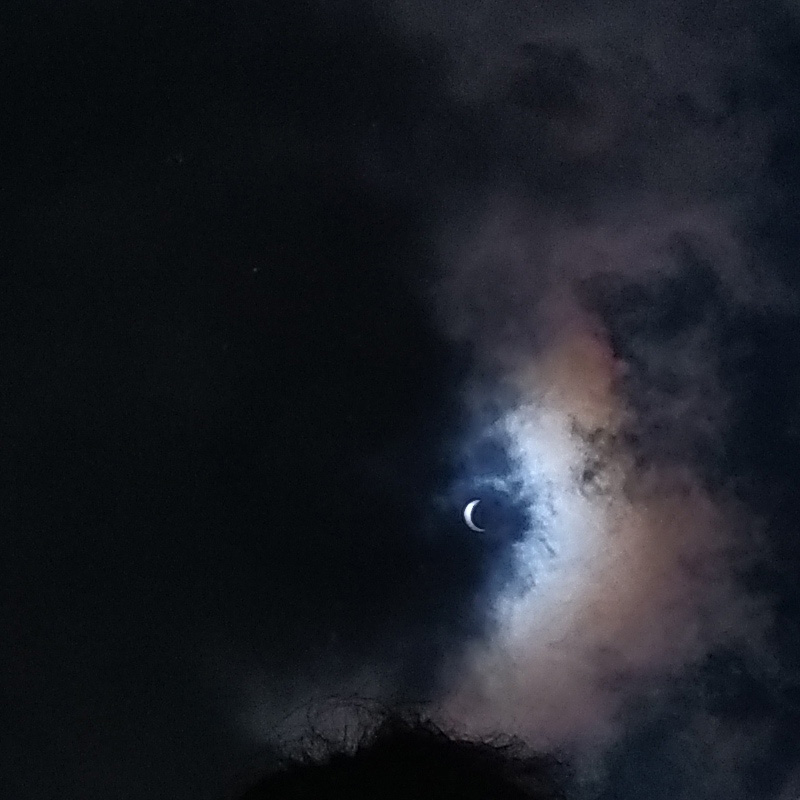Solar eclipse today, people cautioned while observing the rare phenomenon
Kathmandu, June 20
Sky gazers across Nepal will have a rare opportunity to witness a partial solar eclipse tomorrow, provided that the sky is clear. Though it is an annual solar eclipse, popularly called ‘Ring of Fire’, people will be able to see its partial phase only.
Read Also
According to BP Koirala Memorial, Planetarium Observatory and Science Museum Development Board under Ministry of Education, Science and Technology, the eclipse will cover 93 per cent of the sun from Nepal depending on the location and will last for three hours and 31 minutes.
People can view the celestial event from 10:52 am to 2:32 pm. Obscuration of the sun by the moon at the time of greatest phase of partial eclipse will be 82 per cent in Kathmandu, 88 per cent in Pokhara, 81 per cent in Bhadrapur, 82 per cent in Janakpur and the highest, 93 per cent in Kalapani of Sudurpaschip Province.
Sanat Kumar Sharma, acting executive director of the board said the eclipse will start at 10:52 am in Pokhara and Bhadrapur. He urged everyone to view the eclipse safely.
“Viewing the solar eclipse without adopting safety measure can lead to permanent damage of the eyes,” he warned.
Parts of Africa, including Congo, Ethiopia, south of Pakistan, northern India and China will see the ‘Ring of Fire’, but a partial eclipse will be visible from South/East Europe, much of Asia, Australia, Pacific and the Indian Ocean. In an annual solar eclipse, the moon passes in front of the sun’s centre, leaving its edges to form a bright circle which is known as the ‘Ring of Fire’.
This will be the first solar eclipse of 2020.
The second and last solar eclipse of the year will take place on December 14, which will be a total solar eclipse. However, Associate Professor and Senior Astronomer Jayanta Acharya said another solar eclipse will be seen from Nepal after a gap of 44 years.
“Only persons of Aries, Leo, Virgo and Capricorn may view the solar eclipse according to Hindu mythology."
"However, science refutes this notion and says anyone can see the celestial event by adopting necessary safety measures,” he said.
READ ALSO: Nepal may witness Ring of Fire during annular solar eclipse on June 21
A version of this article appears in e-paper on June 21, 2020, of The Himalayan Times.






